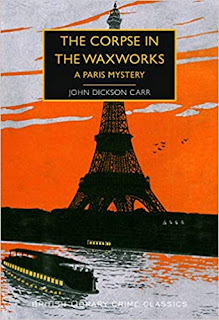During the year of Covid generally, but since October specifically I've knit a lot of hats. So many that I've lost count and forgotten to take pictures of many of them (I like to keep a record for myself of what's worked, and not worked so well, colour and pattern wise). I think I may be somewhere around hat number 20.
The reason there are quite so many of them out in the world is because I like knitting them - they're a small, portable, project that can be worked up quickly, and offer endless scope for variation, and because I think they make good presents. It's been a cold winter, who hasn't needed an extra hat? Knitting something for someone also feels like a way of reaching out at a time when we can't really see people. Or at least it does when what I have in mind works.
I am not very happy with my latest hat. I really liked the way the colours in it worked when they were sat in a little heap waiting to be put away. Liked them so much that I left them sitting out whilst they begged to be knit up into something. As they were all part balls of yarn left over from other things a hat was an obvious choice.
I could (should) have done something like a Bousta Beanie (although I might have come up short on the background colour if I had) which is an inspired design from Gudrun Johnston. For those unfamiliar with it, I love the way that she's taken a traditional Fair Isle pattern (of the sort known as Grunds on Fair Isle) and repeated it in a way that reminds me of the Op Art of Bridget Riley. It's both simple, and really clever - also a very good first hat and first Fair Isle project to start with.
Anyway. With my latest hat I realised quite quickly that it wasn't going to work the way I wanted it to, and I was tempted to rip it back, but carried on anyway. It's all very well knowing something isn't going to turn out quite how you want, but until I can see the entire object I find it hard to work out all the things that were wrong with my first idea. It's also fair to say that when something is finished it's often less disappointing than I fear it will be half way through. This was also an opportunity to try a slightly adapted, and new to me crown pattern. Another reason to carry on.
My knitting notebook now has pages and pages of hat notes in it. Different crown patterns, combinations of motifs, columns of figures representing the stitch counts and numbers of rows, and a slowly evolving appreciation of how altering needle sizes changes the tension of my knitting - something that's still prone to change dramatically even when I'm using the same size needles and same yarn - but is steadily becoming more consistent, so that at some point soon I'll actually start to see swatches as really useful.











